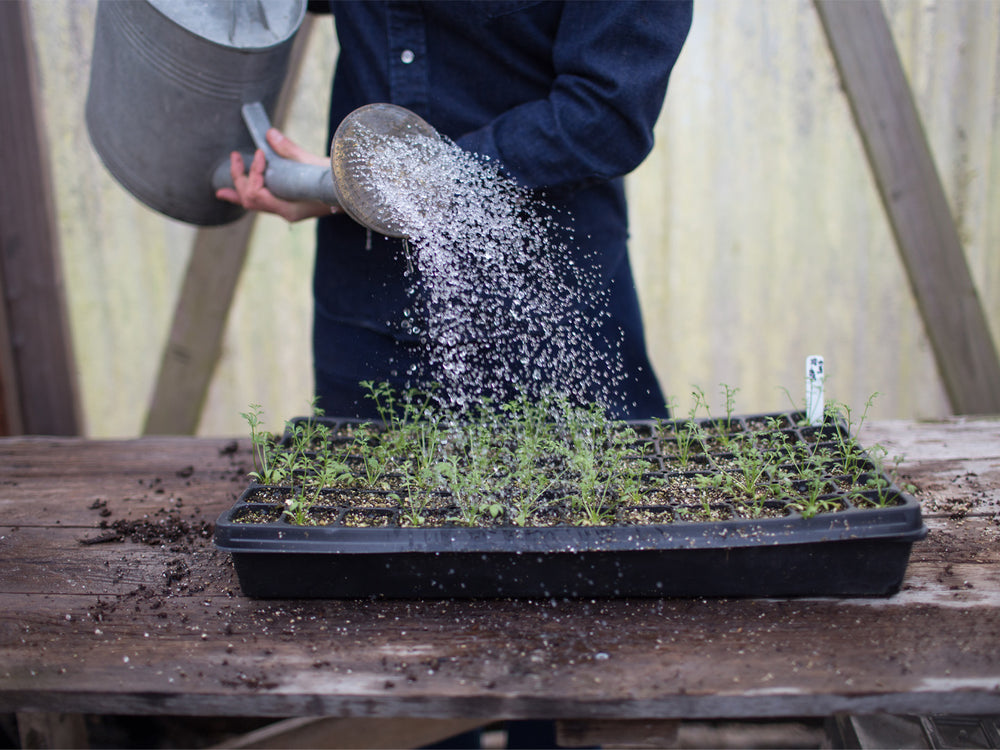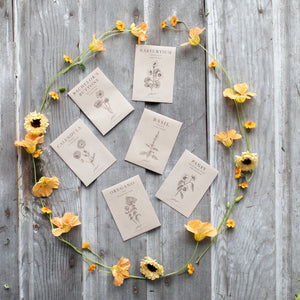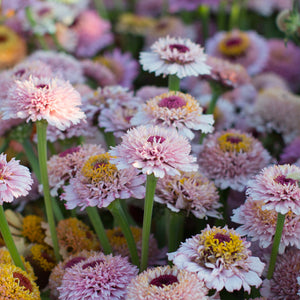
Ornamental Squash ‘Moranga’
Cucurbita maxima
Description
With lovely ribbing and exquisite coloring ranging from light pink to salmon, ‘Moranga’ is easily one of the most beautiful squash we've trialed. The variety can be used decoratively, and it is also prized for its sweet and savory flavor. A must-grow!
Details
Spread: 6 to 8 ft
Site: full sun
Days to maturity: 95 days
Plant spacing: 18 to 36 in
Pinch: not necessary
Seed Sowing & Growing Notes
Sow seed indoors 3 weeks before last frost. Plant 2 seeds per 4-in pot and transplant them outside after all danger of frost has passed. Seeds can also be direct-sown into the garden after all danger of frost has passed.
Harvesting/Vase Life
Details
Description
With lovely ribbing and exquisite coloring ranging from light pink to salmon, ‘Moranga’ is easily one of the most beautiful squash we've trialed. The variety can be used decoratively, and it is also prized for its sweet and savory flavor. A must-grow!
Details
Spread: 6 to 8 ft
Site: full sun
Days to maturity: 95 days
Plant spacing: 18 to 36 in
Pinch: not necessary
Seed Sowing & Growing Notes
Sow seed indoors 3 weeks before last frost. Plant 2 seeds per 4-in pot and transplant them outside after all danger of frost has passed. Seeds can also be direct-sown into the garden after all danger of frost has passed.
Harvesting/Vase Life
Sources
How to Grow
How to Grow

Winter Mini Course: Seed-Starting 101
Learn how to start flowers from seed in this three-part video series
In our Winter Mini Course, you’ll learn everything you need to know to successfully start flowers from seed, including all of the necessary supplies, step-by-step instructions, special tips and tricks, and how to create a simple indoor seed-starting area.













